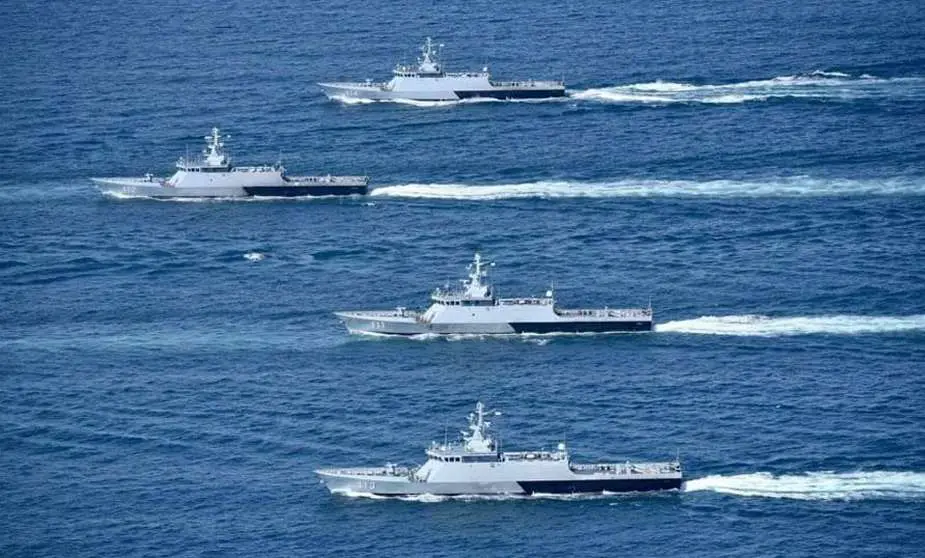Breaking news
Malaysia prefers Turkish shipyard for LMS Batch II Program corvette.
Malaysian Minister of Defence YB Mohammad Hassan announced that Turkiye was chosen for the LMS Batch II corvette procurement program, Defense Studies wrote on November 29. The program aims for a corvette capable of conducting anti-surface warfare, anti-air warfare, and patrol missions. Three ships will be procured in the initial phase, with eight vessels planned for the final phase.
Follow Navy Recognition on Google News at this link
 The chosen Turkish shipyard for LMS Batch II will be announced later (Picture source: DagangNews)
The chosen Turkish shipyard for LMS Batch II will be announced later (Picture source: DagangNews)
The Minister added that several shipyards in Turkiye have been identified as capable of meeting the program requirements. As LMS Batch II is in Government-to-Government format, the chosen shipyard will be announced later.
STM, ASFAT, TAIS, and Dearsan from Turkiye are known to be in the evaluation phase of the program. A memorandum of collaboration was signed between STM and Malaysian TDA, an agency under the Ministry of Finance Malaysia, during LIMA. Other competitors in the program were the Republic of Korea’s HHI’s (Hyundai Heavy Industries) HDF-2600 and Dutch Damen’s SIGMA designs.
The LMS Batch II corvette procurement program represents a pivotal advancement in Malaysia's naval modernization strategy. Central to this program is the requirement for a multi-role corvette capable of executing a variety of missions, including anti-surface warfare (ASuW), anti-air warfare (AAW), and patrol operations, which is vital given Malaysia's strategic maritime positioning.
These corvettes are expected to feature advanced weaponry and electronic warfare systems, such as surface-to-air and anti-ship missiles, torpedoes, and sophisticated radar and sonar systems for threat detection and tracking. The balance between operational efficiency and tactical effectiveness will be reflected in their size and speed, positioning them between larger frigates and smaller patrol boats in terms of agility and armament.
Modern corvettes often incorporate stealth technology to minimize radar detection, enhancing survivability. The LMS Batch II will likely integrate such features. Additionally, interoperability with Malaysia's existing and future naval assets is essential, particularly in terms of communication systems, data links, and possibly weapon systems.
A trend in naval vessel design is towards modularity, allowing ships to be reconfigured for different roles as needed. This aspect might be incorporated into the LMS Batch II, boosting its flexibility and long-term utility. The procurement's regional context is also significant, reflecting Malaysia's need for effective maritime patrol and defense capabilities amidst issues like piracy and territorial disputes in Southeast Asia.
The involvement of Turkish shipyards in this program and the potential for technology transfer or collaboration highlight the trend of international partnerships in defense procurement, bringing advanced technology and benefiting local industries. The choice of Turkey over other competitors like South Korea and the Netherlands also has broader economic and strategic implications, potentially influencing Malaysia's diplomatic and defense relationships.




























